
The Majestic Great Sand Dunes National Park
Explore the towering sand dunes, lush landscapes, and star-filled skies at Great Sand Dunes National Park in Colorado, a unique destination for adventure and relaxation.
Nestled in the heart of Colorado, the Great Sand Dunes National Park is a natural wonder that boasts the tallest sand dunes in North America. These towering dunes, some reaching up to 750 feet, create a surreal desert landscape surrounded by the snow-capped peaks of the Sangre de Cristo Mountains. The contrast between the golden sands and the lush alpine scenery makes this park a must-visit for nature enthusiasts and photographers alike. The park offers an array of activities for adventure seekers and families. You can hike up the dunes for a challenging workout and be rewarded with breathtaking views from the top. Sandboarding and sledding down the slopes provide an exhilarating experience for those looking to add a thrill to their visit. For a more relaxed outing, the Medano Creek, which flows seasonally at the base of the dunes, is perfect for wading and picnicking. Beyond the dunes, the park features diverse ecosystems including wetlands, grasslands, and forests. Explore the various trails that meander through these habitats, offering opportunities to spot wildlife such as elk, deer, and a variety of bird species. Nighttime in the park is equally enchanting, with some of the darkest skies in the country providing a perfect canvas for stargazing. The Great Sand Dunes National Park is a place where nature's diversity and beauty come together, offering unforgettable experiences for every visitor.
Local tips in Great Sand Dunes National Park
- Visit early morning or late afternoon to avoid the extreme heat on the dunes.
- Bring plenty of water and sun protection, as there is little shade in the dune field.
- Rent sandboards and sleds at local shops before entering the park.
- Check the flow of Medano Creek if planning to visit, as it is seasonal.
- Wear closed-toe shoes to protect your feet from the hot sand.
- Consider camping in the park to fully experience the night sky.
The Majestic Great Sand Dunes National Park
Nestled in the heart of Colorado, the Great Sand Dunes National Park is a natural wonder that boasts the tallest sand dunes in North America. These towering dunes, some reaching up to 750 feet, create a surreal desert landscape surrounded by the snow-capped peaks of the Sangre de Cristo Mountains. The contrast between the golden sands and the lush alpine scenery makes this park a must-visit for nature enthusiasts and photographers alike. The park offers an array of activities for adventure seekers and families. You can hike up the dunes for a challenging workout and be rewarded with breathtaking views from the top. Sandboarding and sledding down the slopes provide an exhilarating experience for those looking to add a thrill to their visit. For a more relaxed outing, the Medano Creek, which flows seasonally at the base of the dunes, is perfect for wading and picnicking. Beyond the dunes, the park features diverse ecosystems including wetlands, grasslands, and forests. Explore the various trails that meander through these habitats, offering opportunities to spot wildlife such as elk, deer, and a variety of bird species. Nighttime in the park is equally enchanting, with some of the darkest skies in the country providing a perfect canvas for stargazing. The Great Sand Dunes National Park is a place where nature's diversity and beauty come together, offering unforgettable experiences for every visitor.
When is the best time to go to Great Sand Dunes National Park?
Iconic landmarks you can’t miss
Great Sand Dunes National Park and Preserve
Explore the breathtaking beauty of Great Sand Dunes National Park, where towering sand dunes meet stunning mountain vistas in Colorado's natural wonder.
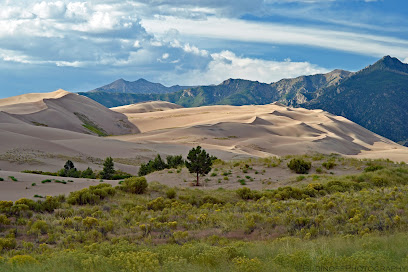
Great Sand Dunes Visitor Center
Discover the Great Sand Dunes Visitor Center, your gateway to Colorado's spectacular sand dunes and diverse ecosystems, perfect for outdoor enthusiasts and nature lovers.
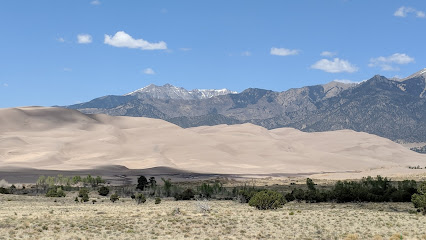
Great Sand Dunes Parking
Explore the breathtaking Great Sand Dunes National Park from its primary access point, Great Sand Dunes Parking, and immerse yourself in nature's wonders.
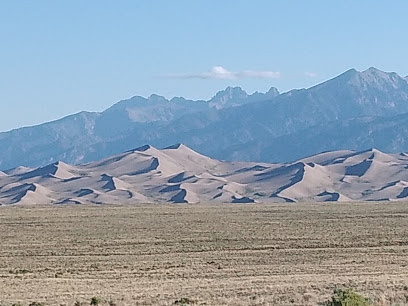
Great Sand Dunes Oasis
Experience the awe of nature at Great Sand Dunes Oasis, the perfect base for exploring Colorado's stunning sand dunes and enjoying outdoor adventures.

Ramble at Great Sand Dunes National Park
Discover the breathtaking Great Sand Dunes National Park Campground, a unique outdoor haven in Colorado offering adventure and tranquility amidst stunning landscapes.
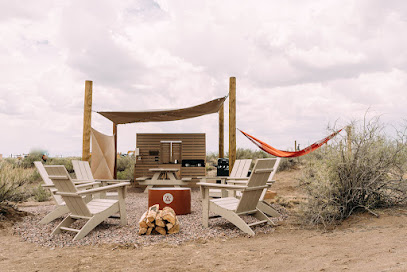
Unmissable attractions to see
Bishop Castle
Discover the enchanting Bishop Castle in Rye, Colorado—a unique blend of artistry, architecture, and breathtaking views that captivates every visitor.
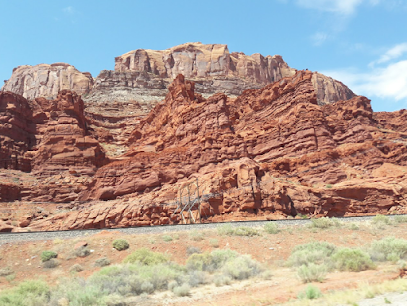
Great Sand Dunes Visitor Center
Explore the Great Sand Dunes Visitor Center: Your gateway to Colorado's tallest sand dunes and a world of outdoor adventure in the San Luis Valley.
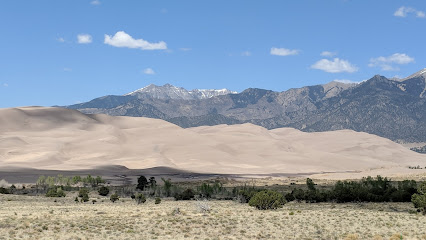
Colorado Gators Reptile Park
Explore the captivating Colorado Gators Reptile Park, a unique destination blending wildlife education, conservation, and stunning mountain views.

UFO Watchtower
Visit the UFO Watchtower in Center, Colorado, for a unique observation experience filled with cosmic wonder and UFO lore amidst breathtaking views.
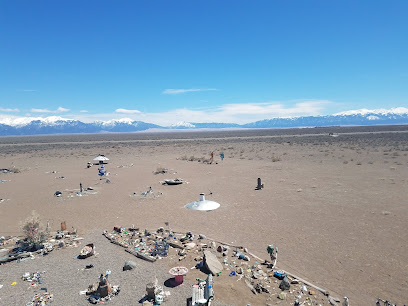
Piñon Flats Campground
Experience the beauty of Colorado at Piñon Flats Campground, nestled in the stunning Great Sand Dunes National Park.
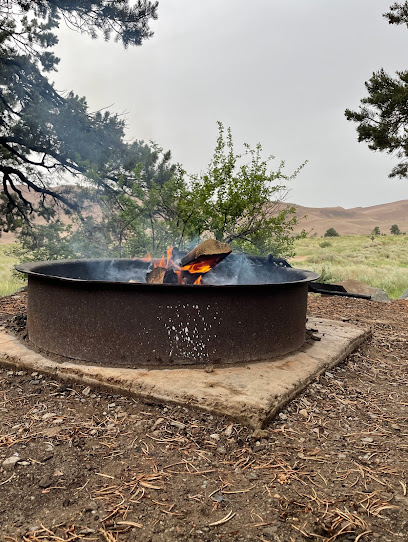
Zapata Falls Campground
Explore the captivating beauty of Zapata Falls Campground, where nature and adventure await in the stunning Colorado wilderness.
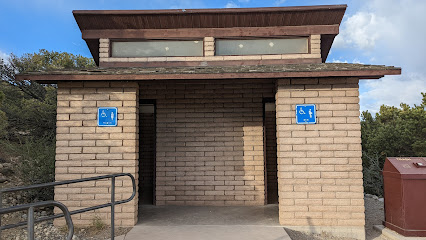
Great Sand Dunes Oasis
Discover the Great Sand Dunes Oasis: Your Gateway to Adventure in Colorado's Stunning Landscape with Campgrounds, Dining, and Unique Shopping.

Fort Garland Museum & Cultural Center
Explore the heritage of the American West at Fort Garland Museum & Cultural Center, a historic site showcasing the life and culture of Colorado's past.
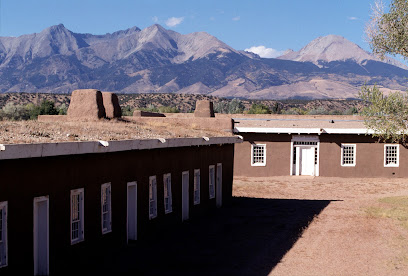
Zapata Falls
Explore the breathtaking Zapata Falls in Colorado, where dual cascades meet serene landscapes, a must-visit destination for nature lovers and adventurers.
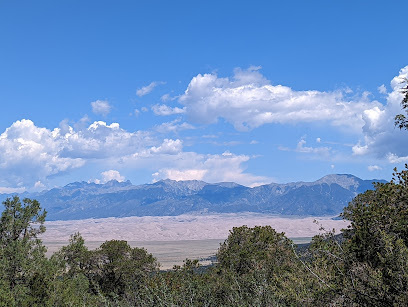
San Luis State Wildlife Area
Explore the serene landscapes and abundant wildlife at San Luis State Wildlife Area, a premier destination for nature lovers and outdoor enthusiasts in Colorado.
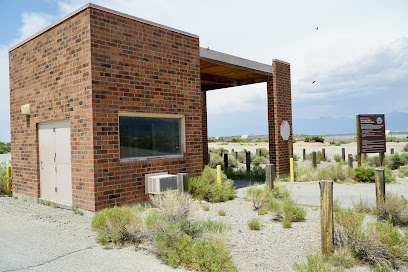
Zapata Falls Trailhead
Discover the stunning landscapes and majestic waterfalls at Zapata Falls Trailhead, an unforgettable hiking experience in the heart of Colorado.
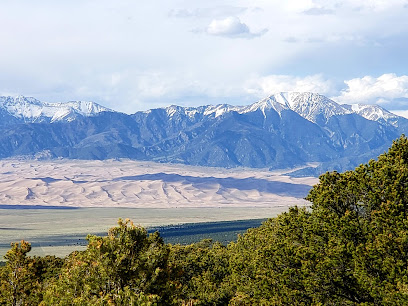
Cano's Castle
Explore the artistic wonder of Cano's Castle in Antonito, Colorado, a unique destination showcasing whimsical architecture and recycled artistry.
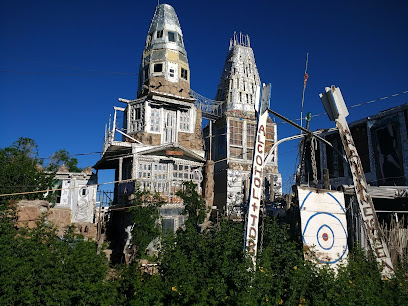
Zapata Ranch
Discover the breathtaking landscapes and authentic ranch experiences at Zapata Ranch, a unique destination in the heart of Colorado.

Crestone Ziggurat
Explore the Crestone Ziggurat, a unique historical landmark in Colorado that captivates visitors with its stunning architecture and breathtaking surroundings.
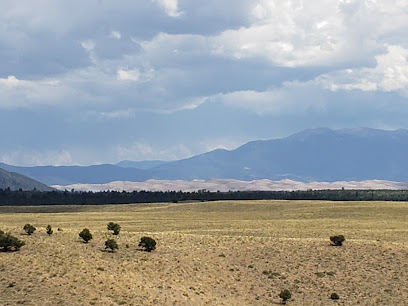
San Luis Valley Museum | Alamosa
Discover the rich cultural heritage of the San Luis Valley Museum in Alamosa, where history, art, and community come together.

Markets, malls and hidden boutiques
Great Sand Dunes National Park and Preserve
Experience the unrivaled beauty of Great Sand Dunes National Park and Preserve, where towering dunes meet the Rocky Mountains in a breathtaking natural landscape.
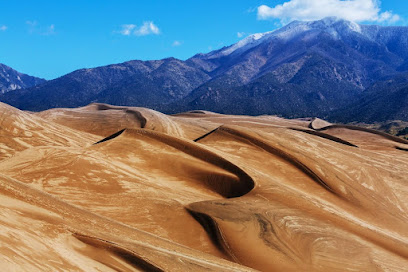
Great Sand Dunes Visitor Center
Explore the Great Sand Dunes Visitor Center for an unforgettable experience in Colorado's stunning natural landscape, featuring the tallest sand dunes in North America.
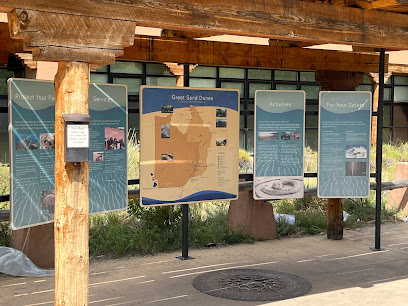
Sand Dunes Recreation
Experience the perfect blend of relaxation and adventure at Sand Dunes Recreation, a family-friendly oasis in Colorado featuring a heated pool, restaurant, and gift shop.
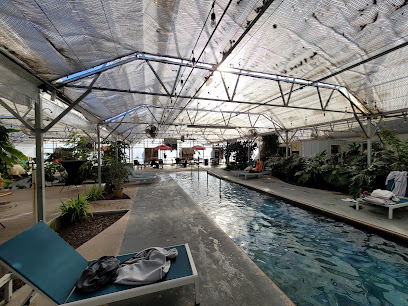
Great Sand Dunes Parking
Discover the stunning Great Sand Dunes National Park from the convenience of Great Sand Dunes Parking, your gateway to adventure in Colorado's natural wonder.
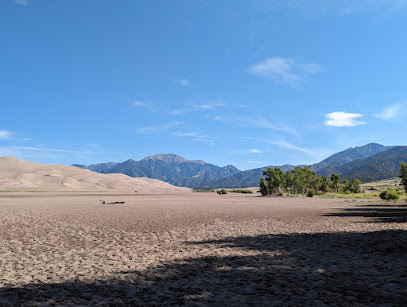
Great Sand Dunes Oasis
Discover adventure and relaxation at Great Sand Dunes Oasis, your perfect gateway to Colorado's majestic sand dunes and outdoor activities.

Kristi Mountain Sports, LLC - Alamosa
Explore the Rockies with the best outdoor gear at Kristi Mountain Sports, your essential stop for skiing, biking, and camping in Alamosa, Colorado.
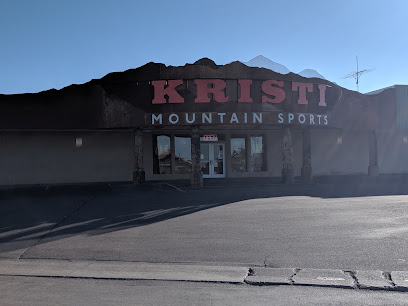
SpinDrift SandBoards
Discover the thrill of sandboarding in Blanca, Colorado, at SpinDrift SandBoards, your go-to spot for equipment rental and outdoor adventure.

HobbyTown
Explore HobbyTown in Alamosa, Colorado, where creativity and passion for hobbies come to life with an extensive selection of toys, crafts, and models.
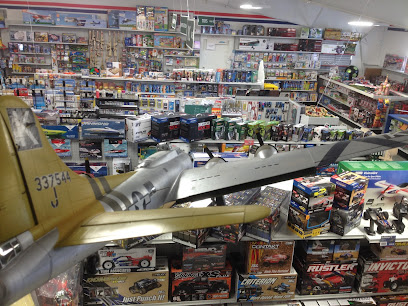
Green Spot Garden Center
Discover a vibrant oasis of plants, flowers, and gardening supplies at Green Spot Garden Center in Alamosa, Colorado.
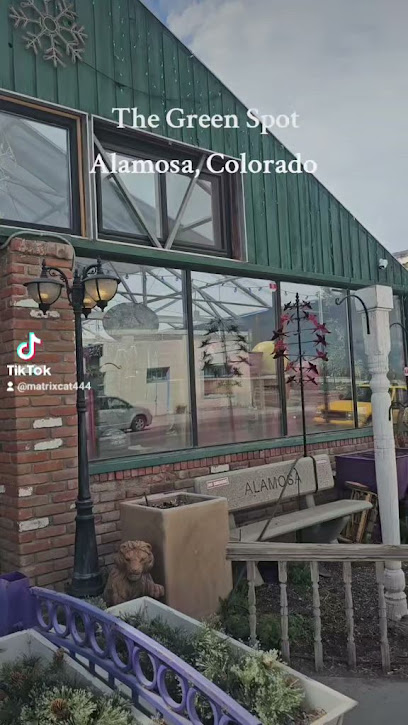
Elephant Cloud Market The Cloud Station
Explore Elephant Cloud Market: The Cloud Station in Crestone, CO for fresh local produce, gourmet goods, and a cozy café experience.
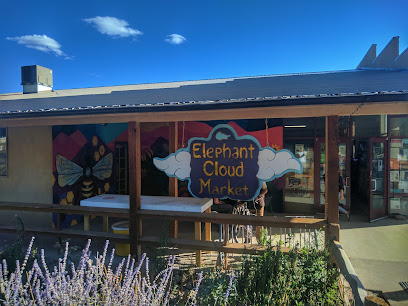
Rainbow's End Thrift Store
Explore the unique finds and affordable treasures at Rainbow's End Thrift Store in Alamosa, Colorado - a must-visit for thrift lovers and bargain hunters.

Crestone Mercantile
Experience the charm of Crestone Mercantile, your local grocery store and hardware hub, offering fresh local products and unique finds in Colorado.

Higher Elevation: A Recreational Cannabis Boutique
Experience the essence of cannabis culture at Higher Elevation, Crestone's premier cannabis boutique with a welcoming atmosphere and expert staff.

Crestone Creative Trade Co.
Explore Crestone Creative Trade Co. for unique gifts, clothing, and metaphysical supplies, capturing the spirit of Colorado's artistic community.
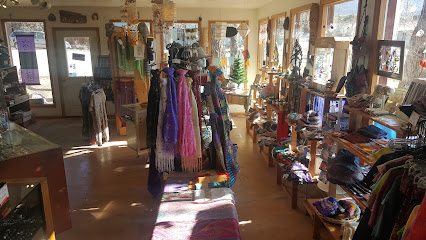
Sacred Spirit Lightwork
Explore Sacred Spirit Lightwork in Crestone, CO for unique metaphysical supplies and rejuvenating Reiki therapy amidst serene natural beauty.
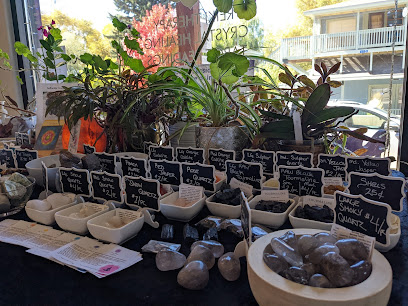
Essential bars & hidden hideouts
Brues Alehouse Brewing Co.
Discover the heart of Pueblo at Brues Alehouse Brewing Co., where craft beer meets delicious cuisine along the scenic Riverwalk.
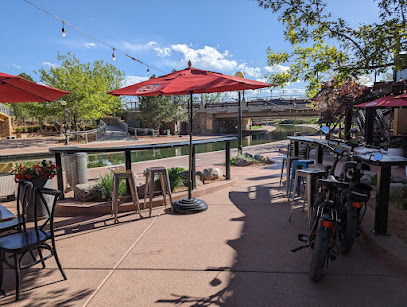
Great Sand Dunes Visitor Center
Explore Colorado's Great Sand Dunes Visitor Center: Gateway to breathtaking landscapes and enriching natural experiences.

Sand Dunes Recreation
Enjoy a day of family fun at Sand Dunes Recreation, featuring a public swimming pool, delicious dining options, and unique gifts in the heart of Colorado.

Golden Bee
Discover the Golden Bee in Colorado Springs: a blend of traditional English pub ambiance with a vibrant American dining experience.
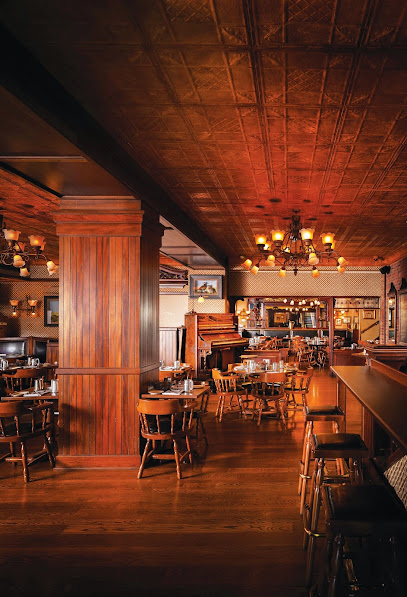
The Rubi Slipper LLC
Discover the culinary delights of The Rubi Slipper LLC in Alamosa, where American, Mexican, seafood, and dessert flavors come together in perfect harmony.
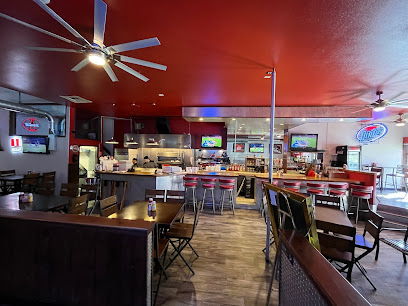
Nino's Del Sol LLC
Discover the vibrant flavors of Colorado at Nino's Del Sol, a beloved restaurant in Alamosa offering fresh, delicious dishes in a welcoming atmosphere.
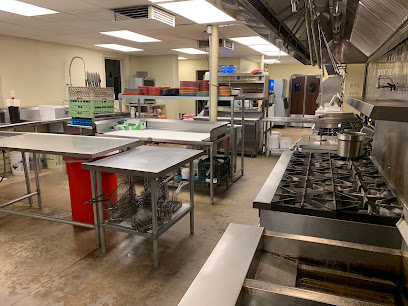
Candlelight Tavern
Experience the warmth of American hospitality at Candlelight Tavern, Denver's vibrant spot for food, drinks, and sports.
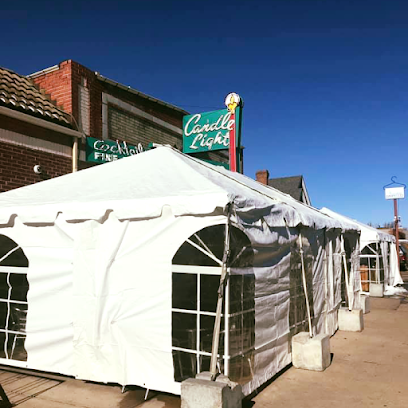
The Purple Pig Pizzeria & Pub
Experience the best pizza and pub atmosphere at The Purple Pig Pizzeria & Pub in Alamosa, Colorado, a delightful stop for every food lover.
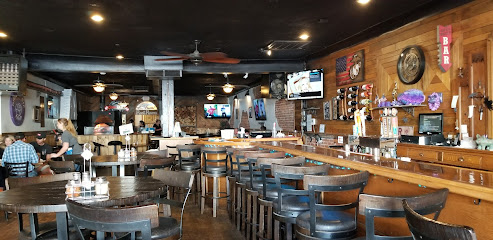
Dog Bar & Grill
Experience the ultimate pet-friendly dining at Dog Bar & Grill in La Veta, where delicious food and furry friends come together in a breathtaking mountain setting.
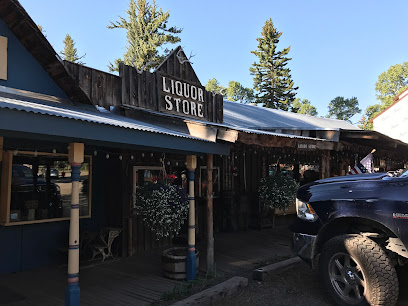
Great Sand Dunes Parking
Explore the majestic Great Sand Dunes from the ideal starting point at Great Sand Dunes Parking, where adventure awaits in stunning natural landscapes.
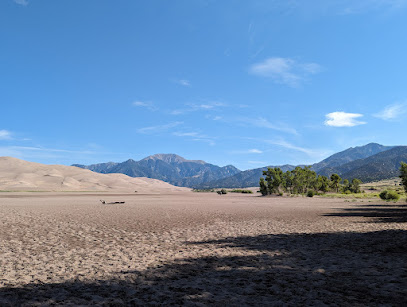
Piñon Flats Campground
Experience the beauty and adventure of Piñon Flats Campground in Great Sand Dunes National Park, where nature meets serenity in a breathtaking landscape.
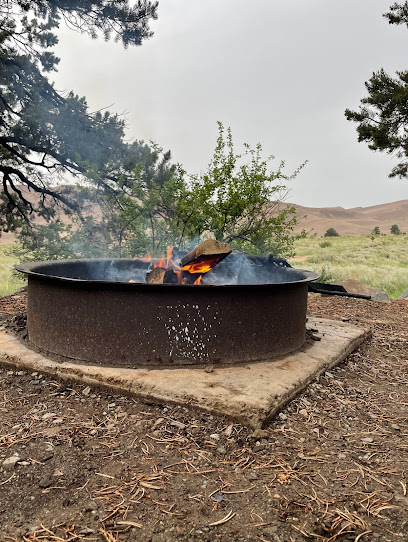
Zapata Falls Campground
Experience the serene beauty of Zapata Falls Campground, a perfect retreat for outdoor enthusiasts in Colorado's breathtaking landscapes.
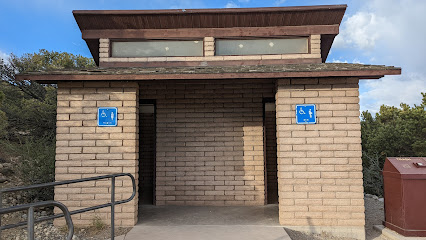
San Luis Valley Brewing Company
Discover the flavors of Colorado at San Luis Valley Brewing Company, a vibrant brewpub serving craft beer and delicious local cuisine.

Great Sand Dunes Oasis
Experience the enchanting beauty of the Great Sand Dunes Oasis, where adventure meets relaxation in Colorado's stunning landscape.

Triple Nickel Tavern
Experience the vibrant atmosphere of Triple Nickel Tavern in Colorado Springs, featuring delicious burgers and live music for an unforgettable night out.
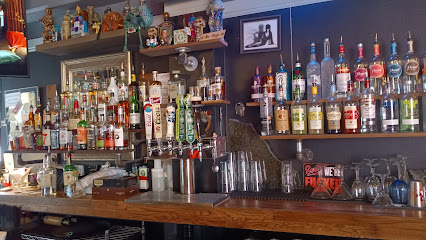
Local Phrases about Great Sand Dunes National Park
-
- HelloHowdy
[haw-dee] - GoodbyeSee ya
[see yah] - YesYup
[yuhp] - NoNope
[nohp] - Please/You're welcomePlease and thank ya
[pleez and thank yah] - Thank youMuch obliged
[muhch uh-blahy-d] - Excuse me/SorryPardon me
[pahr-dn me] - How are you?Howdy, doin'?
[haw-dee, doin] - Fine. And you?Fine. How 'bout you?
[fahyn. how bout yuh] - Do you speak English?Ya speak English?
[yah speak ing-glish] - I don't understandI'm lost
[ahm lost]
- HelloHowdy
-
- I'd like to see the menu, pleaseMenu, please
[meh-nyoo, pleez] - I don't eat meatNo meat for me
[noh meet fohr mee] - Cheers!Cheers!
[cheers] - I would like to pay, pleaseCheck, please
[chek, pleez]
- I'd like to see the menu, pleaseMenu, please
-
- Help!Help!
[help] - Go away!Git!
[git] - Call the Police!Call the Sheriff!
[call the sher-if] - Call a doctor!Call the Doc!
[call the doc] - I'm lostI'm lost
[ahm lost] - I'm illI'm sick
[ahm sik]
- Help!Help!
-
- I'd like to buy...I wanna buy...
[ah wanna buy] - I'm just lookingJust lookin'
[just lookin] - How much is it?How much?
[how much] - That's too expensiveToo pricey
[too prahy-see] - Can you lower the price?Can ya do better?
[can yuh doh bet-er]
- I'd like to buy...I wanna buy...
-
- What time is it?What time?
[what time] - It's one o'clockIt's one
[its one] - Half past (10)Half ten
[hahf ten] - MorningMornin'
[mornin] - AfternoonAfternoon
[afternoon] - EveningEvenin'
[evenin] - YesterdayYest'day
[yest-day] - TodayToday
[today] - TomorrowTomorrah
[tomor-rah] - 1One
[wuhn] - 2Two
[too] - 3Three
[three] - 4Four
[four] - 5Five
[fahyv] - 6Six
[siks] - 7Seven
[sev-uhn] - 8Eight
[eyt] - 9Nine
[nahyn] - 10Ten
[ten]
- What time is it?What time?
-
- Where's a/the...?Where's the...?
[wheres the] - What's the address?Address?
[address] - Can you show me (on the map)?Show me
[show me] - When's the next (bus)?Next bus?
[next bus] - A ticket (to ....)Ticket
[ticket]
- Where's a/the...?Where's the...?
History of Great Sand Dunes National Park
-
The Great Sand Dunes area has been a cradle for human activity for thousands of years. The earliest known inhabitants were Native American tribes, including the Ute and the Navajo, who utilized the resources of the San Luis Valley. Evidence of their presence includes ancient stone tools, pottery, and petroglyphs etched into nearby rock formations.
-
In the late 16th century, Spanish explorers ventured into the region in search of new lands and resources. They named the river 'Rio Grande' and mapped much of the surrounding area. The Spanish influence is still evident today in local place names and cultural traditions.
-
In 1807, American explorer Zebulon Pike led an expedition through the area. Pike's party was one of the first Anglo-American groups to document the dunes. Though they did not realize the significance of the vast sandscape, their accounts brought the region to the attention of the wider world.
-
During the late 19th and early 20th centuries, the Great Sand Dunes area saw an influx of settlers under the Homestead Act. These pioneers attempted to farm and ranch in the challenging environment of the San Luis Valley, leaving behind remnants of their hard-fought existence.
-
In 1932, President Herbert Hoover designated the Great Sand Dunes as a National Monument to protect the unique landscape. This designation marked the beginning of federal efforts to conserve the dunes and their surrounding ecosystems.
-
In 2000, the Great Sand Dunes National Monument was redesignated as Great Sand Dunes National Park and Preserve. This change reflected the area's national significance and provided additional protections for the diverse habitats and species found within its boundaries.
-
The Great Sand Dunes hold deep cultural and spiritual significance for several Native American tribes. The Ute, Navajo, and Apache people view the dunes as sacred, incorporating them into their myths, legends, and religious practices. This enduring connection underscores the area's importance beyond its natural beauty.
Great Sand Dunes National Park Essentials
-
Great Sand Dunes National Park is located in southern Colorado. The nearest major airport is Denver International Airport (DEN), approximately 240 miles away. From Denver, you can rent a car and drive to the park, which typically takes about 4 to 4.5 hours. Alternatively, you can take a regional flight to Colorado Springs Airport (COS) or Alamosa's San Luis Valley Regional Airport (ALS), which are closer to the park. From Alamosa, the park is just a 45-minute drive.
-
The best way to explore Great Sand Dunes National Park is by car. There are no public transportation options directly to the park, so renting a car is advisable. Once inside the park, most of the attractions are accessible via well-maintained roads. For those interested in hiking, many trails start from designated parking areas. Biking is also an option, but it’s important to note that biking on the dunes is prohibited.
-
The official currency is the U.S. Dollar (USD). Credit and debit cards are widely accepted at the visitor center, campgrounds, and nearby towns. It's a good idea to carry some cash for smaller transactions, especially in more remote areas where card readers may not be available. ATMs can be found in nearby towns like Alamosa.
-
Great Sand Dunes National Park is generally very safe for visitors. However, it's important to be prepared for rapidly changing weather conditions. Always carry plenty of water, sunscreen, and wear appropriate clothing for hiking. The park is home to various wildlife, including black bears and mountain lions; maintaining a safe distance is advised. There are no high-crime areas specifically targeting tourists within the park or the surrounding areas.
-
In case of an emergency, dial 911. The park has a visitor center with first aid facilities, and there are ranger stations throughout the park. For medical emergencies, the nearest hospital is in Alamosa, about a 45-minute drive from the park. It is strongly recommended to have travel insurance that covers emergency medical situations. Carrying a basic first aid kit is also advisable.
-
Fashion: Do wear layers and sturdy hiking shoes. Don't wear flip-flops or open-toed shoes when hiking. Religion: There are no specific religious customs to be aware of, but always respect other visitors. Public Transport: Public transport is limited; plan to rent a car. Greetings: A simple 'Hello' or 'Hi' is appropriate. Eating & Drinking: Do try local cuisine in nearby towns. Don't leave trash behind; follow the 'Leave No Trace' principles.
-
For an authentic experience, try to visit during the off-peak seasons in early spring or late fall when the park is less crowded. Attend a ranger-led program to learn about the park's unique ecology and geology. Explore the nearby Zapata Falls, a hidden gem just a short drive from the park. Visit the town of Alamosa for local dining options and cultural experiences. Don't miss the chance to stargaze; the park is an International Dark Sky Park.
Nearby Cities to Great Sand Dunes National Park
-
Things To Do in Canon City
-
Things To Do in Salida
-
Things To Do in Pueblo
-
Things To Do in Trinidad
-
Things To Do in Pagosa Springs
-
Things To Do in Colorado Springs
-
Things To Do in Gunnison
-
Things To Do in Taos
-
Things To Do in Monument
-
Things To Do in Crested Butte
-
Things To Do in Leadville
-
Things To Do in Ouray
-
Things To Do in La Junta
-
Things To Do in Aspen
-
Things To Do in Breckenridge










